Unpacking Mamelodi Sundowns' Tactics: How They Attract Eyeballs and Give Opponents Nightmares"
An analysis of Mamelodi Sundowns' successful tactics and their impact on opponents.
Mamelodi Sundowns have had outstanding ideas in the last couple of games attracting many eyebrows elsewhere outside the PSL.
The most important thing is their ability to use the ball from build-up from the back, the structure, and the players' position, which affect the opposition's decision-making.
Taking a look after the World Cup break, Sundowns have played Orlando Pirates, Swallows, Richards Bay, Chippa United, Supersport, Kaizer Chiefs, Ts Galaxy, and Sekhukhune United.
They have won all the games, but the opposition reacted differently; others played with a five-man back, others with a four to deal with how Sundowns players attack.
Still, Sundowns have had changes, especially in attacking areas, with Abubeker Nasir's injury and Peter Shalulile's comeback.
The key concept about Sundowns is their system, counter-pressing, position rotation, and their intelligent build-up.
What has got people eying Rhulani Mokwena, a 36 years old South African, is the ability to mold a team in possession, especially the automatism in the build-up situations.
Playbook Pro breaks down the position of players, the idea and how it helps them look like a fantasy in the fans' eye, and what makes the opposition a nightmare to deal with!
The position players take in possession helps them to have a great position when they quickly lose it, so it benefits their counter-pressing and forces their luck in and around the penalty box.
How many rebounds have been scored by Sundowns this season or tap-ins in the second post?
Sundowns have some goals from such situations after they gain the ball back or after a keeper saves or blocks in or around the box. The goals against Orlando Pirates, Richards Bay, and Supersport United are great examples.
The numbers Sundowns have in and around the box give them an extra advantage over the quality they have in and around the area.
Breakdown in the build-up kicks first is the availability of South African stopper number one Ronwen Williams; his calm and relaxation to control situations take the pressure from anyone who wants to press him.
In this example against Kaizer Chiefs, he takes a pass straight to his holding midfielder Teboho Mokoena which had taken 3 Kaizer Chiefs players out of the equation!
Another image demonstrates Williams passing under pressure against Orlando Pirates after the world cup resumption.
Williams also is accustomed to coming out from the box to help his team in the progression of the ball either by clipping to full backs or having an extra advantage to the team pressing.
The above image is against Kaizer Chiefs in their recent encounter, and the below is against Orlando Pirates.
When Williams moves out of the box full-backs, the interesting concept is stretching outside to allow him to play the clipping balls. This is highly encouraged.
His availability for the pass and ability to play those clipping balls gives Sundowns an extra advantage on their first line to bypass the press.
The next move here is the full-backs position coordinated by the three midfielders of Mokoena, Maema, and the brilliance of Allende.
Khuliso Mudau has a big part to play in this situation; earlier this season, a defeat at home against Ts Galaxy was the first time I had noticed the situation with Mudau inverting or drifting infield when Sundowns are on the attack, but the situation can change if the attack is on the right side,
As the images demonstrate in the above situation, he can quickly move to close down if the ball is being lost nearly in midfield, but sometimes he can quickly drop to make a back four stick.
When Sundowns are attacking the left side, Mudau dramatically moves inside, which means one of Allende or Maema had pushed high to make it look like a 2+ 3 best defense.
The left-back Aubrey Modiba depends on where Sundowns are attacking if Mudau overlaps; he tries to drift infield as a midfielder.
The below image shows the circulation of the ball, most of the time, it tends to look like this, especially when the ball is on the left side. Mudau is encouraged to drift infield. Left-back Modiba is encouraged to push higher on the left side as Allende holds up the left side of the midfield three.
But in other situations, both Modiba and Mudau might end up in midfield if Allende and Maema have taken the higher-up positions as they can push to make five attackers as it was happening against Richards Bay.
In this game, Sirino was taking the inside position on the left side and operating with Maema, who sometimes popped up on the outside. In contrast, on the right side, Mailula was a more on outside position or interchange with Zwane.
As the image below demonstrates the position of Maema in a yellowish dot with a +3 structure, including both full-backs inside the midfield,
The next stage and our final in this playbook Pro for this piece is midfielder three of Mokoena, Allende, and Maema.
Teboho Mokoena is the illustrator of all, and his work is to take the ball and to hold on to the team; his position very rarely changes as he is the one who is assured there is no need for him to interchange the role with others.
Marcelo Allende likes to operate more on the right side, with Sundown's attackers being narrow means in the first line. If he drops into the central area alongside Mokoena, the right back Mudau is higher. One to stretch the pitch, similar to Maema if he drops in the first line, which means Modiba, the left back has to stretch the pitch on the left side.
As the game progresses, Mudau and Modiba might end up in central midfield, as we have seen above, especially against Richards Bay and Kaizer Chiefs, but if Sirino is in the game and he's holding a width into the right side.
Still, if it is not there, Allende might drift or communicate with one of the attackers, like Mailula, Shalulile, or Zwane, to take the position, but the rotation is key as one will occupy the half spaces, the other on the outside.
The key to Sundowns is communication and concentration to understand that a certain teammate has taken a certain position, and I need to take this to impact the game. Even if there are changes in the lineup, the concepts have been the same: back 4 in the first line of build-up, 2+ 3 in progression, and front 5 changes position dramatically without impacting the structure, which is key in gaining the ball back (counter-pressing).
For example, in the away league game against TS Galaxy, where Sundowns made some changes, but the key concepts remained the same except for the change of goalkeeper, who was not involved in more of Williams's actions, five attackers were doing the same concept, and the rest defense structure remain 2+3 as it is being demonstrated on this below image,
This image below shows the same structure was kept even with changes on the line against Sekhukhune United, with three players inside ahead of CBs to act as a rest defense structure.
The difference between the front five of Sundowns and others in the world, like Manchester City, is that there is no rigid position for a certain attacker. Shalulile might jump into the right attacking zone, Themba Zwane a certain zone, or Cassius Mailula. There is a rotation and movement, meaning not all five are in the box at a certain point, but there are late arrivals in the box.
It is good to force your luck, and Sundowns are good at doing it; there are five attackers; they have freedom, but the concepts are key. Some players arrive late and are the ones who flourish, especially Neo Maema, who had goals from late arrives in the box against Kaizer Chiefs and Supersport United.
Rhulani Mokwena is a perfectionist, and he loves it; the possession structure being implemented at Sundowns in Africa is one of the big remarkable breakthroughs of a 36-year-old coach, following a footstep of Pitso Mosimane and bringing the innovation as Wahid Regragui with his Wydad Casablanca.
.






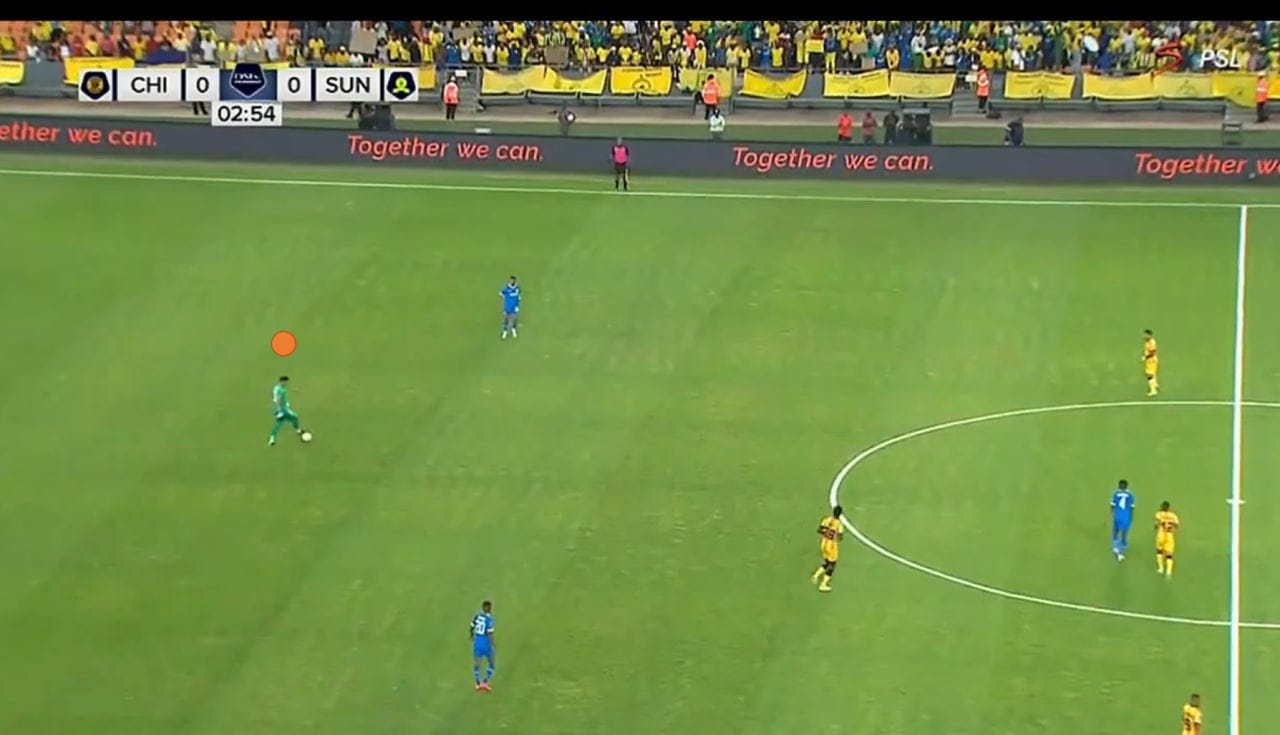

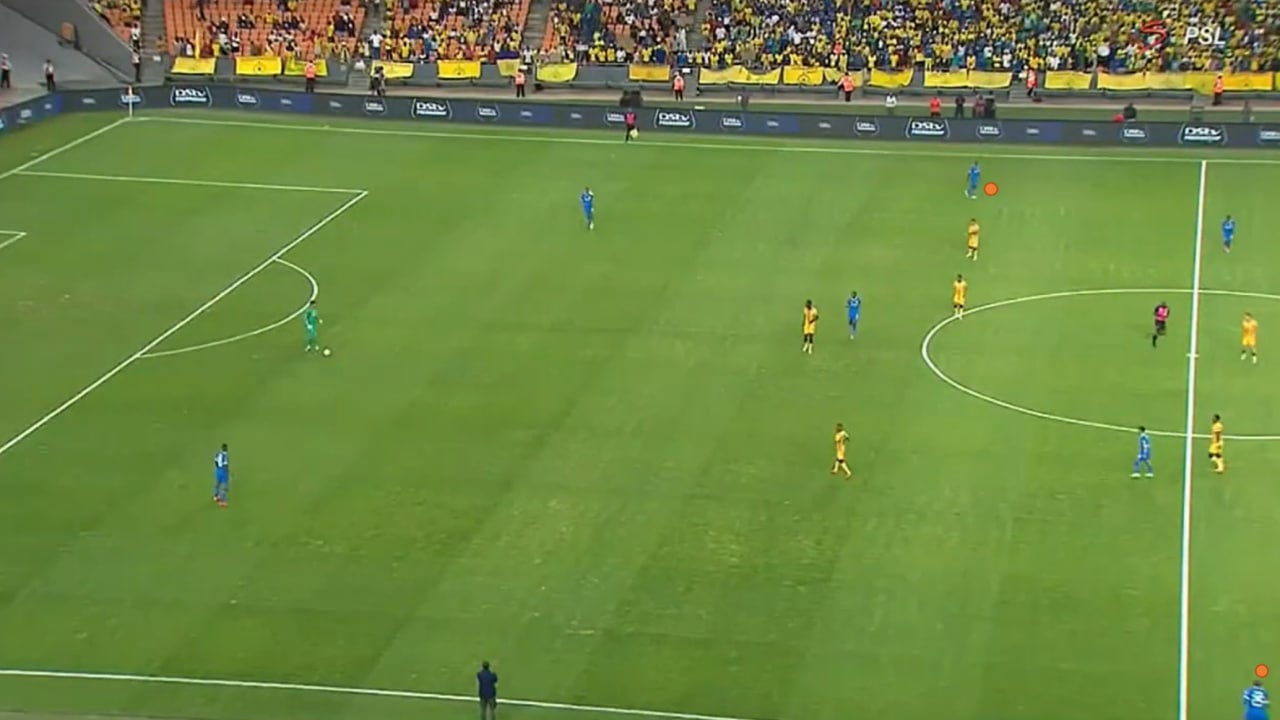
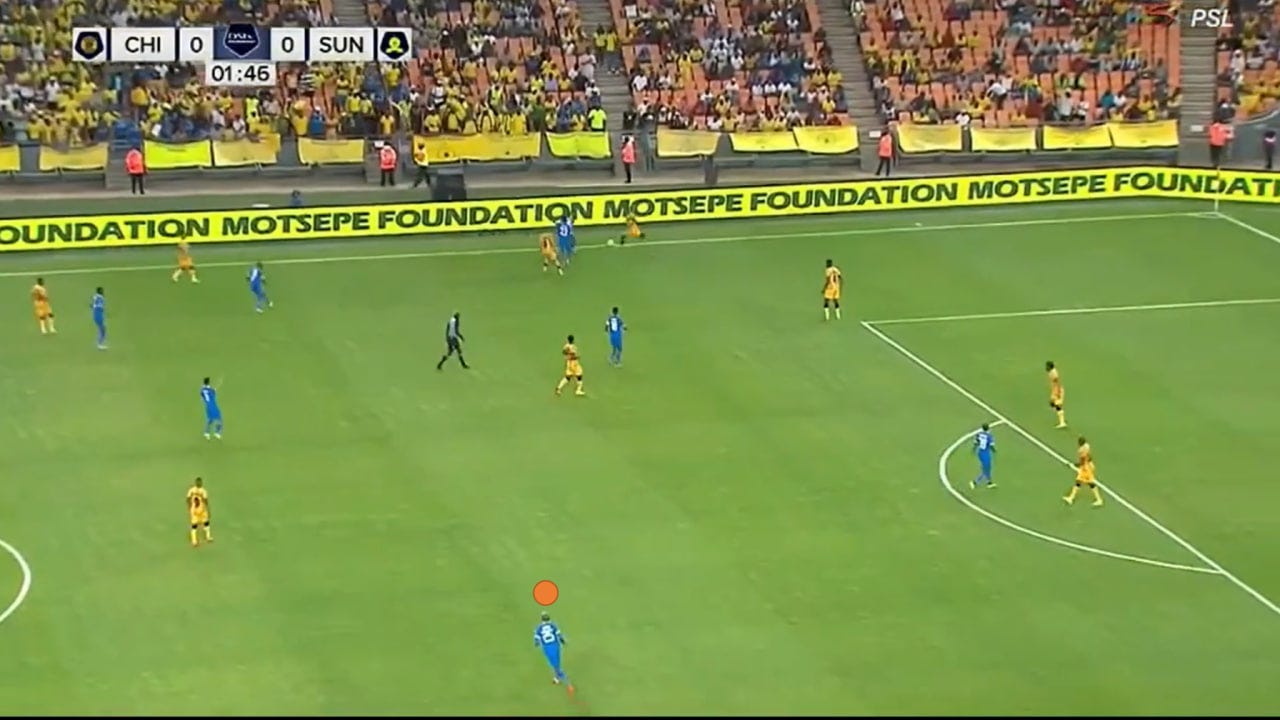
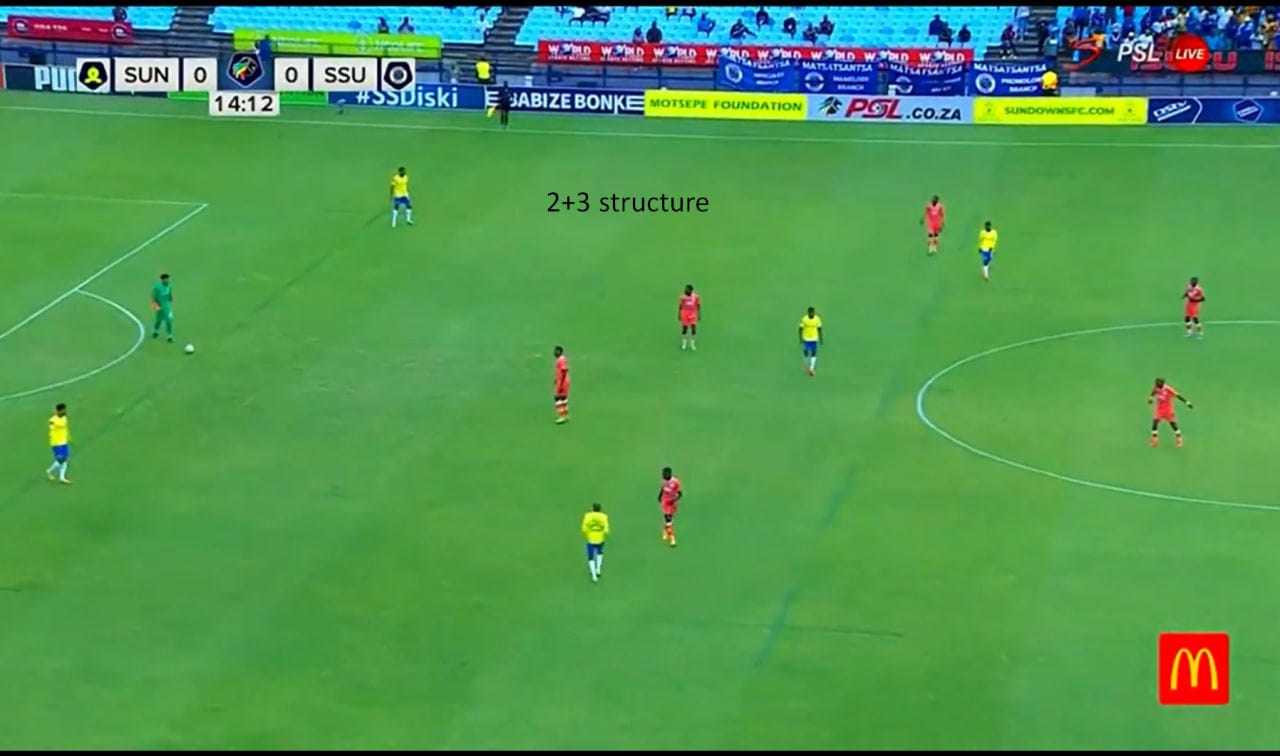
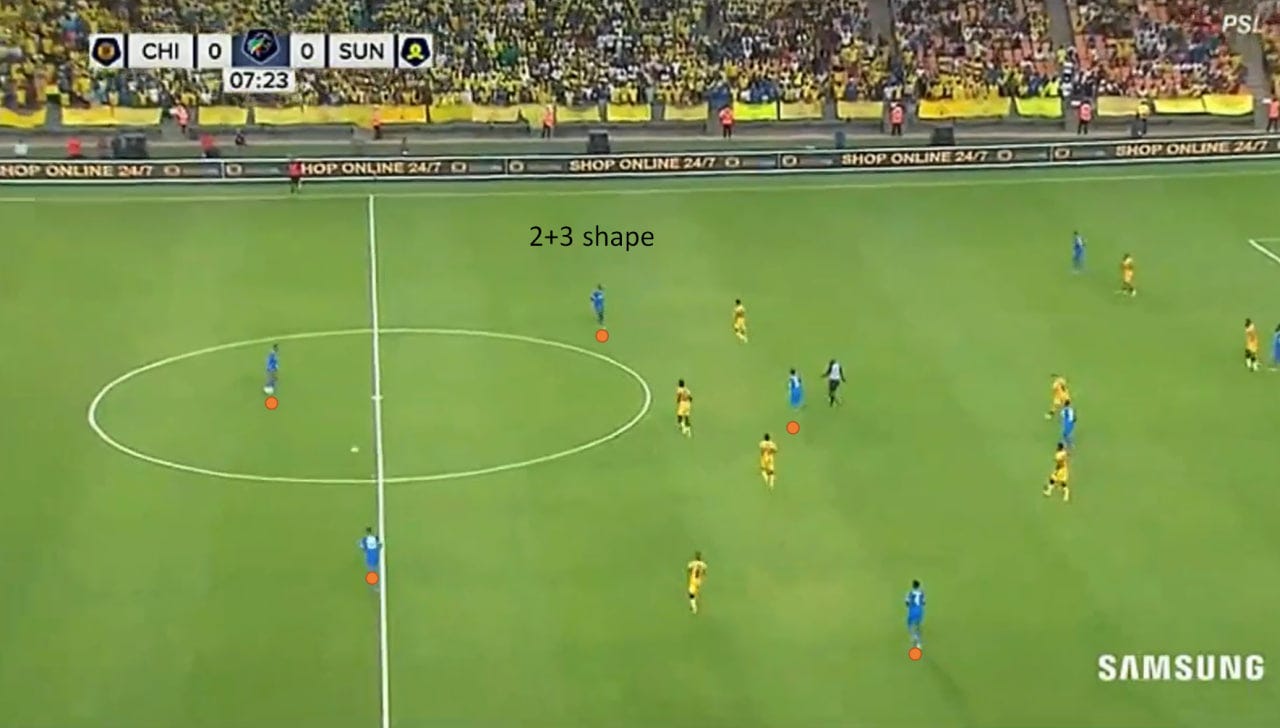
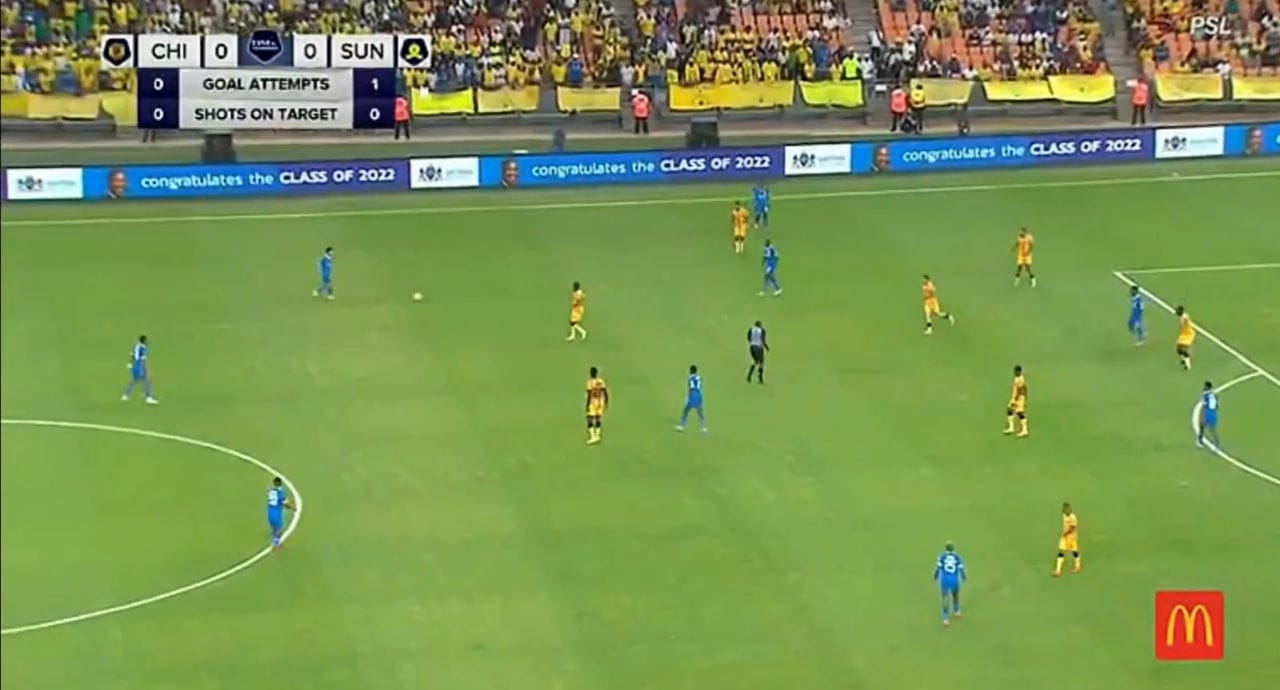



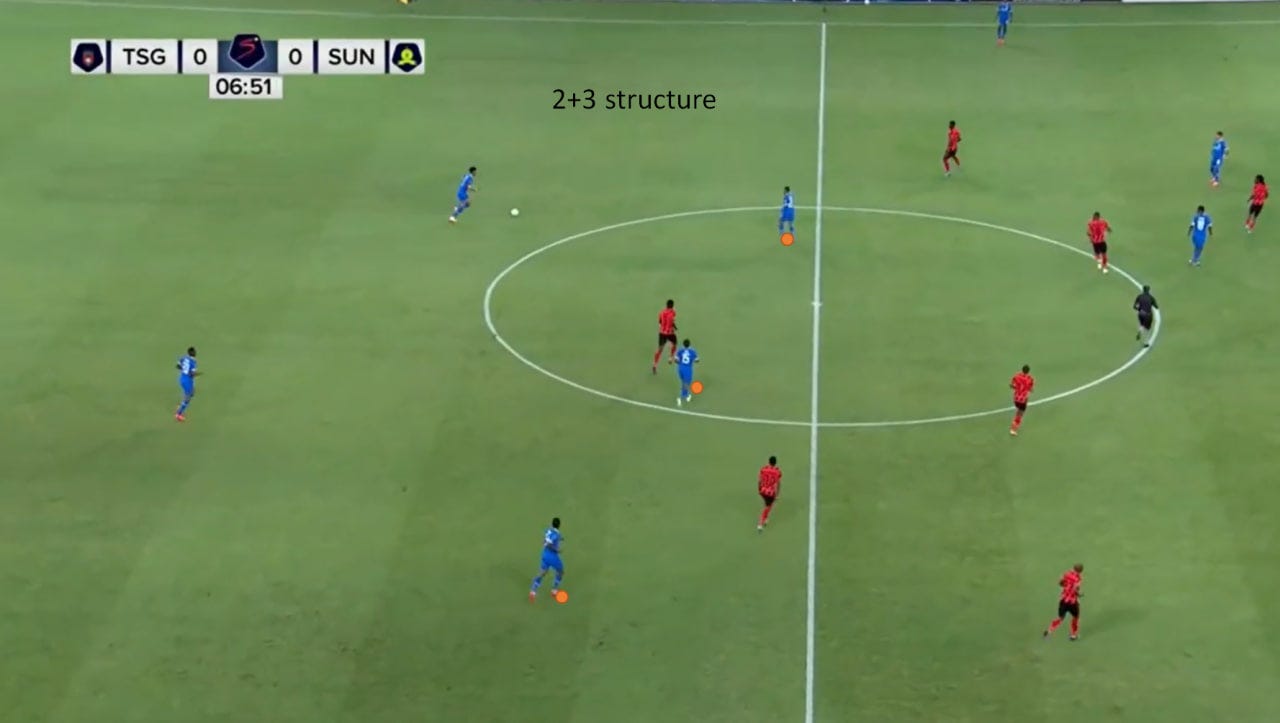

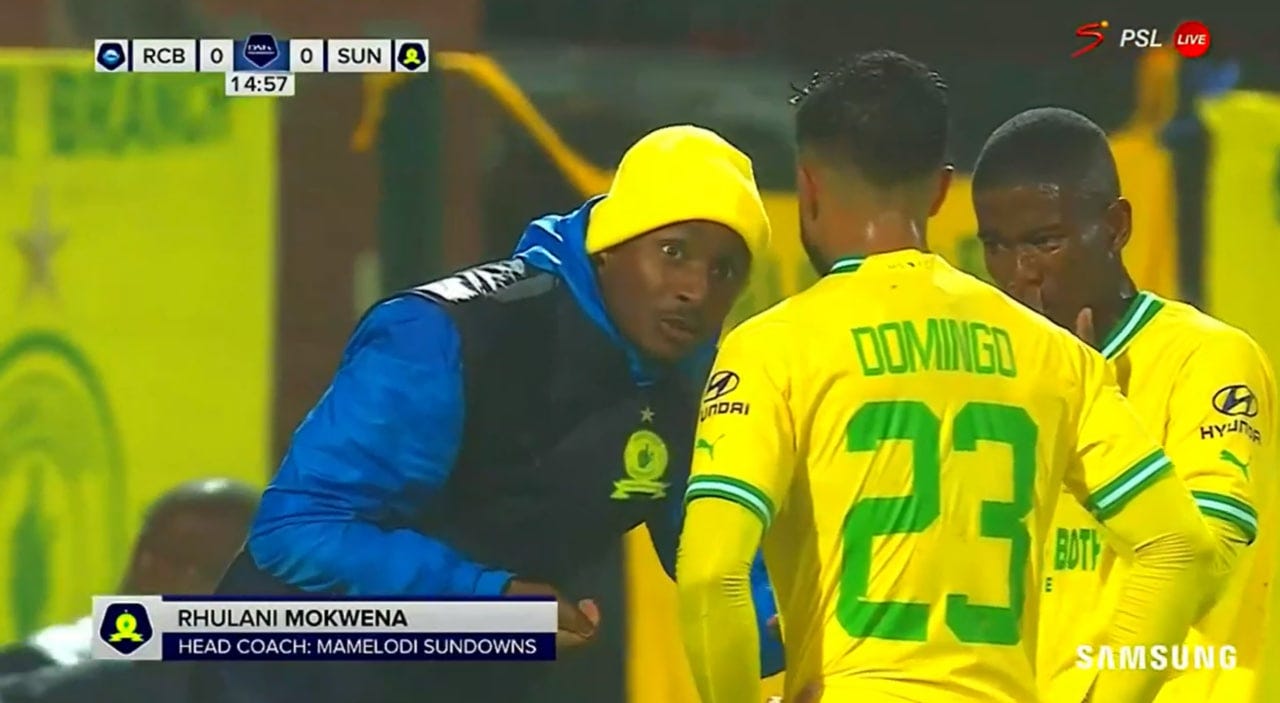
Great article
I love this piece...